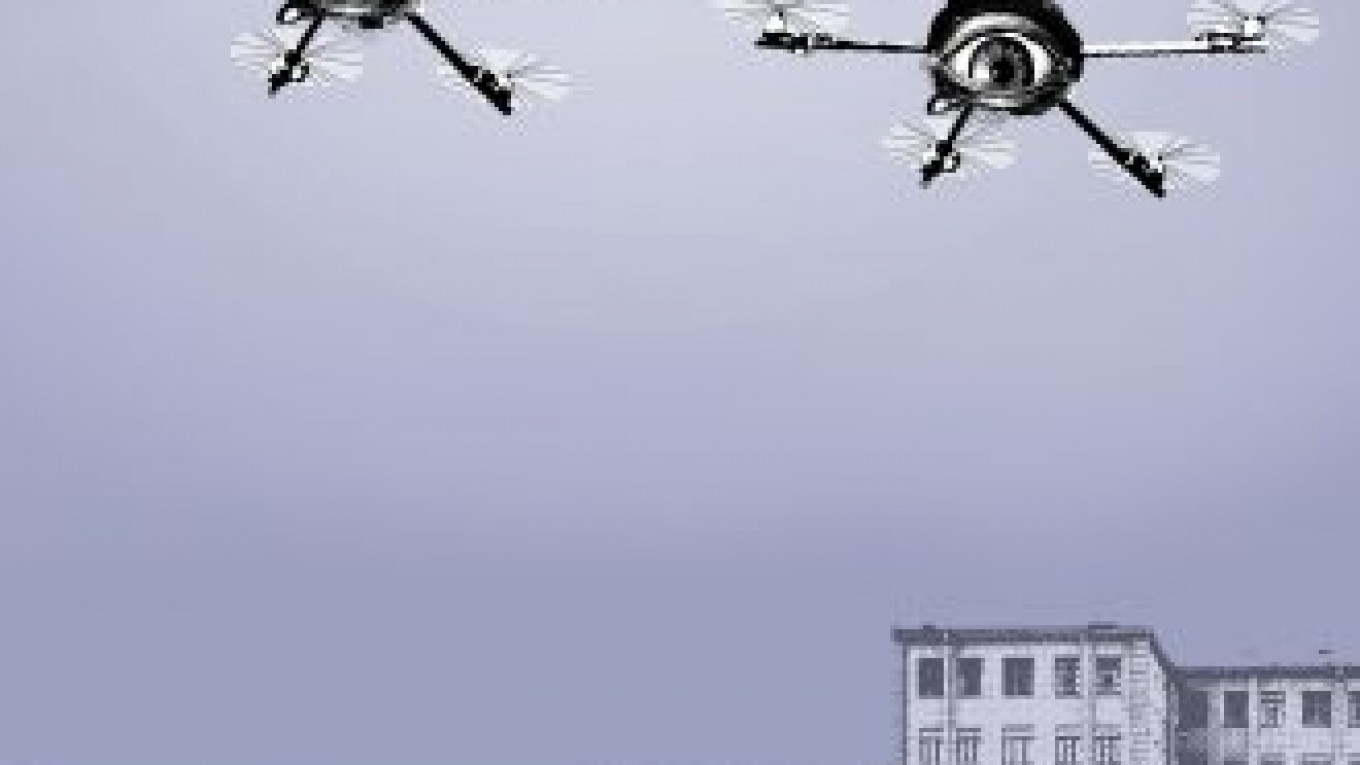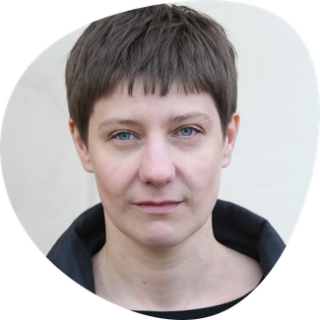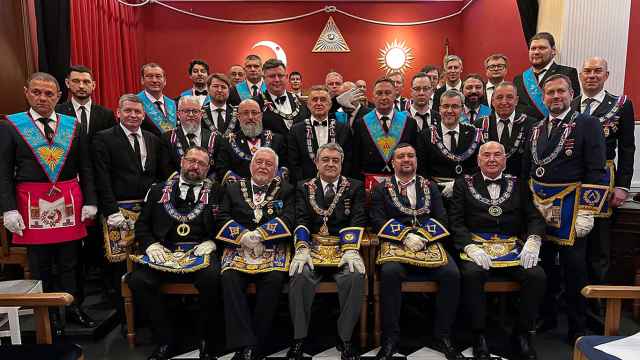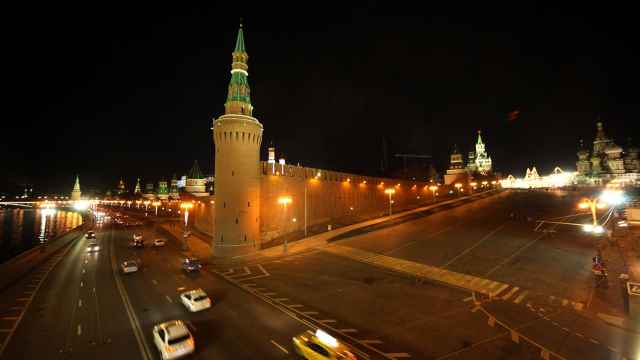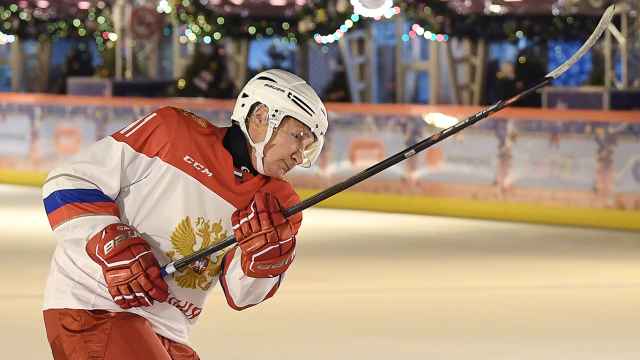Some claim Russia first became seriously interested in drones during the 2008 war with Georgia, when the Defense Ministry hastily looked to acquire Israeli drone technology. In fact, drones had already been in use in Russia two years earlier, but for policing rather than military purposes. They were used to monitor street protests.
The Interior Ministry first deployed drones in July 2006 during the Group of Eight summit in St. Petersburg. The model in use was the Zala 421-04M: a small plane with a wingspan of just over 1.5 meters, weighing about 5 kilograms. The Zala is equipped with thermal vision, can plot map grid references of objects below and transmits video and photographic images live to an operator's screen.
From that time on, the Interior Ministry started purchasing drones regularly. The designer and manufacturer of the drone used during the G8 summit is a group of companies called Zala Aero, set up in the early 2000s in Izhevsk. The Interior Ministry Aviation Center and the Federal Security Service soon became regular customers. Notably, Zala, with only 20 employees according to its own data, is a private company, rather than one based in a huge Soviet aviation enterprise like most other drone manufacturers.
According to the Interior Ministry, 26 regions have special operations aviation groups, and most of them have acquired drones over the past six years. The police make no secret of the fact that they intend to use them for monitoring demonstrations and marches. In tender documentation to acquire two Zala drones, an Interior Ministry official from the Amur region said the technology would be used to monitor places where mass demonstrations are held, searches, and site surveillance. In March 2011, the head of Amur's aviation operation center, Sergei Kanunnikov, explained to Amur.info, "They will be used mainly to maintain public order during local demonstrations and marches."
It is clear that drones will be actively deployed during the 2014 Olympics in Sochi. As part of the preparations for the games, four drones were acquired in 2010.
Specialists acknowledge that drones are difficult to operate within cities. Flying drones over crowds or city dwellings is risky because of the high probability of one of the small devices losing control, hitting a fixed object and falling on people.
But deploying the drones outside cities is more promising because they can circulate virtually without restriction over fields and woods, where there are private cottages and dachas. The operator at the control station can see everything that is happening on private land on his screen in real time, most likely without the owners knowing. This type of spying requires no court warrant, although on-the-ground undercover surveillance of a house does.
Ironically, during the early December protests, many demonstrators on Bolotnaya Ploshchad were confused by an unfamiliar aerial vehicle with propellers circling overhead. The mysterious device turned out to be a radio-controlled aircraft operated by Ridus, the media service that practices "citizen journalism."
Stanislav Sedov, 35, a highway engineer by training, has been fascinated with flight simulation since he was a child. Four years ago, he started using homemade radio-controlled equipment to take aerial photographs. He suggested to his friend Ilya Varlamov, well-known blogger and founder of Ridus, that he might try to film the crowd from a drone.
Sedov suggested to Varlamov that they obtain unofficial permission to film the protests using air devices. How they managed to obtain that permission is not clear, but it has been widely reported that Ridus was itself set up with the approval of the presidential administration. On Dec. 10, Sedov launched a multicopter from a protected police site. The police even chased away curious observers so they wouldn't get in the way of the launch.
Sedov explained that he had drawn up safety rules, which is why he launched the multicopter over a canal near the square, rather than over the crowd. This way, the multicopter would have just fallen into the water if anything had gone wrong. It flew no higher than 100 meters and was in the air for only four minutes.
After many more people showed up for the December demonstration than expected, Sedov and Varlamov ran into problems with law enforcement officials. They were led to understand that the Bolotnaya surveillance should not be repeated at other protests.
Those four minutes over Bolotnaya Ploshchad were the only window of opportunity for journalists to highlight the protests from above. Now, that window has been firmly closed.
This year will be crucial for the fate of drones in Russia. The Defense Ministry's orders have already enabled Russian manufacturers of drones to flourish, the largest being Vega, Irkut and Eniks. The Interior Ministry is also buying drones on a large scale.
In May, the Interior Ministry placed an order worth 121 million rubles ($3.8 million) for drones and additional equipment to be supplied to the Stavropol, Amur, Omsk, Krasnoyarsk and Astrakhan regions, the Baikonur Cosmodrome and to the North Caucasus republics.
A month later, the Interior Ministry ordered another six remote-piloted, intelligence-gathering drones. According to contract documentation, reconnaissance would be extended to "groups of people, transportation, roads, bridges and buildings." This is clearly not the last such contract for drones this year.
President Vladimir Putin recently gave his personal support to the development of drones. On June 14, during a meeting in the Krasnodar region to review the implementation of state armaments program for aviation technology, Putin said: "We should actively develop unmanned aircraft programs. … It is imperative to involve the best engineering and science bureaus and centers in this effort, to review opportunities for international cooperation, to build up our research and development capacities and production facilities. And the necessary resources have been allocated for this purpose: over 400 billion rubles ($12.5 million) by 2020."
It is clear we are entering a new era for drone surveillance in Russia. Opposition leaders and supporters: Beware of strange flying objects hovering outside your windows.
Irina Borogan and Andrei Soldatov are analysts at . This comment is a shortened version of a comment published on OpenDemocracy.
A Message from The Moscow Times:
Dear readers,
We are facing unprecedented challenges. Russia's Prosecutor General's Office has designated The Moscow Times as an "undesirable" organization, criminalizing our work and putting our staff at risk of prosecution. This follows our earlier unjust labeling as a "foreign agent."
These actions are direct attempts to silence independent journalism in Russia. The authorities claim our work "discredits the decisions of the Russian leadership." We see things differently: we strive to provide accurate, unbiased reporting on Russia.
We, the journalists of The Moscow Times, refuse to be silenced. But to continue our work, we need your help.
Your support, no matter how small, makes a world of difference. If you can, please support us monthly starting from just $2. It's quick to set up, and every contribution makes a significant impact.
By supporting The Moscow Times, you're defending open, independent journalism in the face of repression. Thank you for standing with us.
Remind me later.



